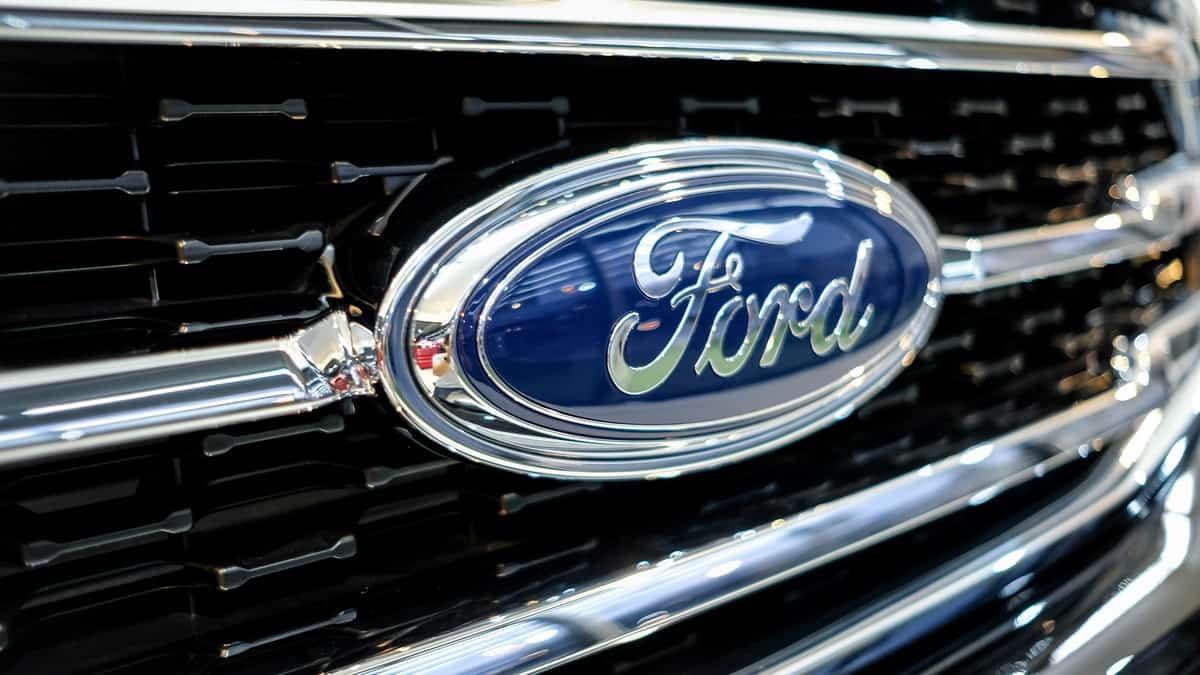American legacy automaker Ford is making strides in developing its promised low-cost electric vehicle platform, which could spawn electric versions of the iconic Fiesta and Focus models.
Ford to release affordable EVs by 2026, possibly as Fiesta & Focus successors
Ford plans to roll out smaller, cheaper electric vehicle models by 2026 or early 2027, Autocar reports, citing an exclusive interview with Ford Model E division’s Chief Operating Officer (COO) Marin Gjaja.
Intriguingly, the report suggests that the new platform could underpin spiritual successors to the classic Ford Fiesta and Focus and a replacement for the Puma. It can also apparently spawn other small car models.
COO Gjaja also disclosed that the upcoming affordable Ford EV will initially hit the US market, with plans to expand the new lineup to Europe.
“If you look at our lineup globally, at this point we don’t really have much in the affordable segment. The key for us is to be affordable, differentiated and profitable. For too long we stayed in the affordable segment, either at break-even or losing money. The question is: how do you compete in that segment, especially if you have got a very low-cost manufacturing location like China pumping out affordable vehicles? That’s the dilemma.
There’s no question that if we’re going to be a true mass brand, we want people to graduate to a vehicle like Explorer, but where do you start them? That’s what we’re doing in the US with an affordable platform, and there’s no reason why that platform wouldn’t be able to create products for Europe as well.”
Marin Gjaja, Chief Operating Officer (COO) of Ford’s Model E division
Ford’s low-cost electric vehicle platform
Former Tesla engineer Alan Clarke is currently leading Ford’s Advanced EV Development initiatives, focusing on developing a new electric vehicle architecture for next-gen affordable EVs.
The new EV platform will utilize lower-cost lithium iron phosphate (LFP) batteries, with Ford’s Model E division Chief Operating Officer (COO) calling them “indestructible.”
“You’re taking $20-$30 per kilowatt hour out of the battery; BYD has been able to get more. With a 100kWh battery, that’s a lot [of cost out]. But if you’re someone who charges a lot, the battery is far more durable and can take probably five times the duty cycles. These batteries are basically indestructible.”
Marin Gjaja, Chief Operating Officer (COO) of Ford’s Model E division
Skunkworks” team
Ford is finally pivoting to smaller, cheaper electric cars as it seeks to remain competitive amid the surge of low-cost EVs, particularly from giants like BYD.
Ford CEO Jim Farley previously announced that the development of low-cost EV platforms is progressing in Long Beach, owing to the expertise of former Tesla, Rivian, Lucid, and Apple executives.
In February 2024, CEO Farley revealed that the company had a “skunkworks” team developing a new affordable EV platform. It now has about 50 ex-Rivian employees, another 20 from Tesla and Lucid, and a handful from tech giant Apple.
Alan Clarke, who supervised several Tesla innovations like vehicle architecture for Model Y and 3, engineering work on the Cybertruck prototype, and chief engineering for the Roadster prototype, is leading Ford’s skunkworks team.
Ford recently launched the electric version of the Capri in the European market, the second model riding on Volkswagen’s MEB platform behind the Explorer EV. The recent launch of electric vehicles like the Puma and Explorer marks a deviation from Ford’s traditional Fiesta and Focus models. COO Gjaja claims that Puma has already proven this strategic shift effective.
With a new focus on affordability, Ford’s new EV architecture paves the way for electric Focus and Fiesta successors.

